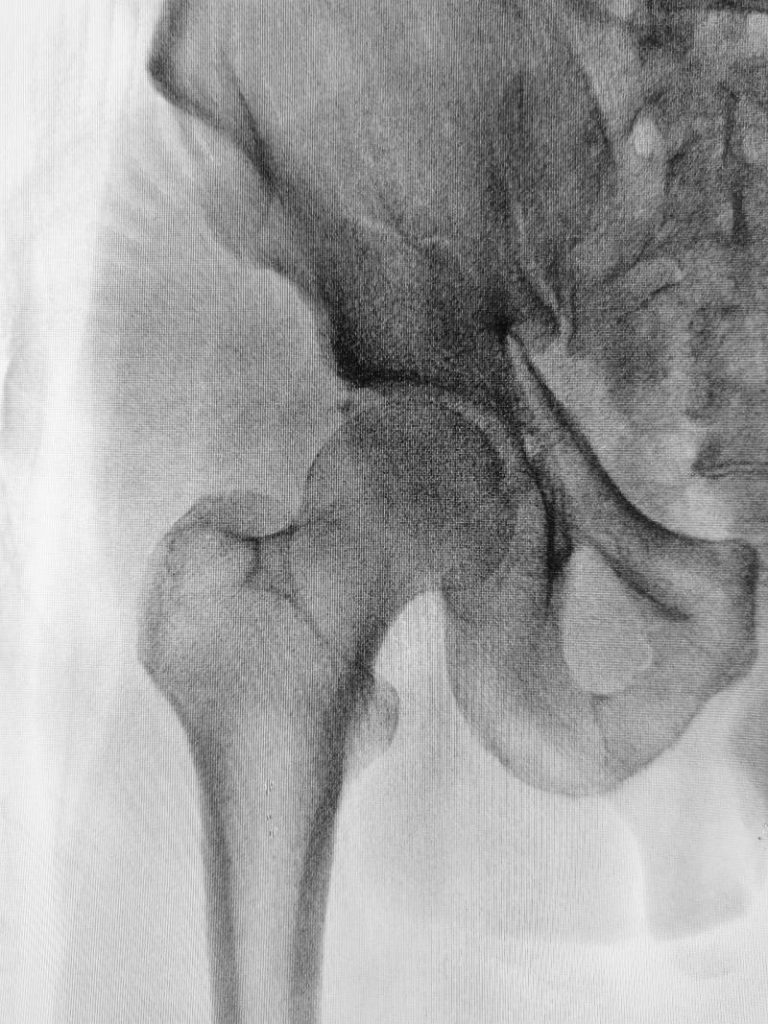INTRODUCTION:
IUPAC name: (R)-5-(1, 2-Dithiolan-3-yl) pentanoic acid.
Other names: α-Lipoic acid; Alpha lipoic acid; Thioctic acid; 6, 8-Dithiooctanoic acid; Lipoic Acid (LA).
Formula: C8H14S2O2.
Molecular weight: 206.317 g/mol
Melting point: 46 – 48 ºC.
Solubility: Soluble in water & ethanol.
Appearance: yellow solid needle-like crystals.
ALA is naturally occurring in each and every cell of the human body & is produced within the human body. It is a cofactor playing vital role in energy formation.
The 2 thiol (sulphur) groups present in ALA may be found in 2 forms: oxidized or reduced.
The oxidized form is ALA and the reduced form is dihydrolipoic acid (DHLA).
In addition to sulphur groups, ALA also shows presence of an asymmetric carbon atom. Due to this carbon atom, ALA may exist as optical isomers, namely R-LA and S-LA.
In the human body, only R-LA is formed within the cell and is bound to protein.
R-LA is found naturally in food.
In supplements, free ALA is found as R-LA or as an equal mixture of R-LA and S-LA.
METABOLISM:
ALA is produced within the cell, inside the mitochondria, where LA binds to the protein to function as an enzyme cofactor. ALA found in food does not increase LA in plasma or cells to a detectable level. Instead, ALA taken orally as a bolus at a dose of more than 50 mg increases free ALA level in plasma & cells temporarily for some time. It is advisable to take ALA supplements orally fasting, as their absorption is not hampered by food.
It is found that the sodium salt of R-LA is better and faster absorbed as compared to free ALA. R-LA is also better absorbed as compared to S-LA.
BIOLOGICAL FUNCTIONS:
1) As an enzyme cofactor:
ALA bound to protein in the form of R-LA acts as an essential enzyme cofactor for many reactions taking place on mitochondrial for production of energy, as well as for breakdown of amino acids and alpha keto acids.
2) Antioxidant activity:
Scavenging reactive oxygen and nitrogen species. Free radicals such as reactive oxygen species (ROS) & reactive nitrogen species (RNS) injure the healthy DNA strands along with fats and proteins found in the membranes of the cells.
Studies have shown that ALA neutralizes these dangerous molecules in vitro. But it is still unclear whether LA does the same inside the human body.
As free LA has a short bioavailability inside the human body, increasing oral dose of ALA may not be helpful in scavenging these free radicals within the human body.
3) Regeneration of other antioxidants:
When a free radical is neutralized by an antioxidant, the antioxidant itself gets oxidized and is not able to neutralize any more free radicals. The antioxidant has to get reduced if it has to continue neutralizing more free radicals.
DHLA acts as a reducing agent. It reduces the used up oxidized form of various antioxidants like vitamin C and glutathione, Coenzyme Q10. These actions are seen in vitro. Research is still on to see if similar activity is seen in Vivo.
4) Chelation of metal ions:
Metal ions like free copper and free iron cause oxidative injury in degenerative diseases of nervous system & in chronic diseases.
Chelating compounds bind these free metal ion radicals, thus protecting the organism. Studies have shown that both ALA & DHLA act as chelating agents in vivo & in animals.
5) Induction of glutathione synthesis:
Glutathione is a major intracellular antioxidant. As age increases, the production of glutathione is reduced. ALA promotes synthesis of glutathione:
By increasing the secretion of γ-glutamylcysteine ligase (GCL), which is an enzyme that controls the rate of glutathione formation & by enhancing the uptake of cysteine by cells. Cysteine is an amino acid necessary for glutathione production.
6) Modulation of signal transduction:
Insulin signalling: ALA increases cellular glucose uptake in cultured muscle cells & fat.
PKB/Akt-dependent signaling: ALA activates PKB/Akt-dependent signalling; stops apoptosis in cultured liver cells, and increases lifespan of cultured brain cells.
DEFICIENCY:
ALA deficiency is not known to occur, as humans are able to produce enough LA to meet the daily requirements. Recommended daily dose of ALA is 200-400 mg for healthy individuals.
ROLE IN MEDICINE:
1) Diabetes Mellitus
More research is needed to strengthen the evidence that ALA in large doses can enhance cellular uptake of glucose in those suffering from type 2 diabetes mellitus (NIDDM).
A study conducted on type 2 DM patients, showed that after 12 weeks of high dose of oral ALA, plasma fructosamine levels dropped by 10%, but HbA1c concentrations remained unaltered. Fructosamine values inform the the glycaemic control over the past 15 to 21 days, while HbA1c levels inform the glycaemic control over two to 4 months.
2) Vascular diseases
Endothelium is in the inner lining of arteries, capillaries & veins. The inner lining function is affected, predisposing the individual to the risk of developing vascular diseases.
LA given intravenously in diabetic and prediabetic individuals improves the endothelial function.
3) Diabetic neuropathy
Peripheral neuropathy is a type of damage seen in sensory & motor nerve of the extremities, in diabetic patients. Prolonged high glucose levels in the blood causes this type of damage. Peripheral neuropathy leads to pain, weakness & sensation loss in affected limbs, sometimes leading to their amputation. Oxidative stress is one of the pathogenic mechanisms causing peripheral neuropathy. Maintaining normal glucose levels in the blood is the first step of preventing peripheral neuropathy due to diabetes. Studies show that intravenous ALA is more efficient than oral ALA in reducing peripheral neuropathy as compared to placebo-controlled trials.
4) Cardiovascular autonomic neuropathy (CAN)
It is a complication seen in diabetes, characterised by decreased pulse rate (slow or reduced beating of the heart) & is increases the risk of death in diabetic individuals. Oral supplementation with ALA significantly reduces the mortality rate as compared to placebo.
5) Multiple Sclerosis (MS)
Human trials are needed to show the efficacy of LA in controlling MS. High oral ALA doses in mice have shown to reduce the pace of progression of MS in mice.
Treatment with ALA shows that the white blood cells and enzymes causing inflammation in the central nervous system are inhibited from crossing the blood-brain barrier, thus protecting the brain & spinal cord from the damage caused by MS.
6) Cognitive decline and dementia
More evidence is needed to show that ALA improves memory and cognition in aging animals & neurodegenerative disorders.
SOURCES:
R-LA – the active form of LA is found in the following:
1) Endogenous:
Human body itself makes ALA in quantity that is sufficient to fulfil the requirement.
2) Exogenous:
Food – plant sources – spinach, broccoli, tomato, peas & sprouts.
Food – Animal sources – heart, liver & kidney.
Supplements.

SUPPLEMENTS:
LA found in foods is bound to protein, but ALA found in supplements is free. ALA as a supplement should be taken on an empty stomach to aids its absorption & action. Oral ALA supplements can be taken after gap of 1 or 2 hours of a meal.
R-LA is produced by plants & animals and acts an enzyme cofactor in mitochondria when bounded with protein. The absorption of R-LA is better as compared to S-LA. But both of them are metabolized and excreted from the system equally fast.
SAFETY:
Adverse Effects:
A few adverse effects have been rarely reported. Mild anaphylactoid reaction was seen when LA was given intravenously.
Mild allergic reactions like hives, abdominal discomfort, diarrhoea, vomiting & nausea have also been rarely seen. Sometimes offensive urine has been noted in few individuals.
In pregnant & lactating females:
The safety of ALA during pregnancy & lactation is not yet established.
Drug interaction:
ALA decreases blood glucose levels. Therefore there is a risk of hypoglycaemia in diabetic individuals who are on insulin or oral anti-diabetic medications. Continuous monitoring of blood sugar levels is necessary while taking LA supplements with anti-diabetic medicines & insulin.
SUMMARY:
LA plays the role of a cofactor in five different enzyme biochemical systems. The 2 major enzyme systems where LA acts as a cofactor are found in Citric Acid Cycle, which actually generates energy from food ingested.
LA that is produced within the human body is not in its free form, but bound to proteins. When LA is given as a supplement, it temporarily increases LA levels in plasma and cells.
LA is known to play the following roles in the human body:
- Antioxidant.
- Stimulates synthesis of glutathione, which is a major antioxidant in the body.
- Enhances insulin signaling.
- Alters the activity of cell-signaling molecules & transcription factors.
- LA acts better when given intravenously than orally, in cases of diabetic neuropathy.
REFERENCES:
http://lpi.oregonstate.edu/mic/dietary-factors/lipoic-acid
https://en.m.wikipedia.org/wiki/Lipoic_acid?e_pi=7%2CPAGE_ID10%2C3328681595




